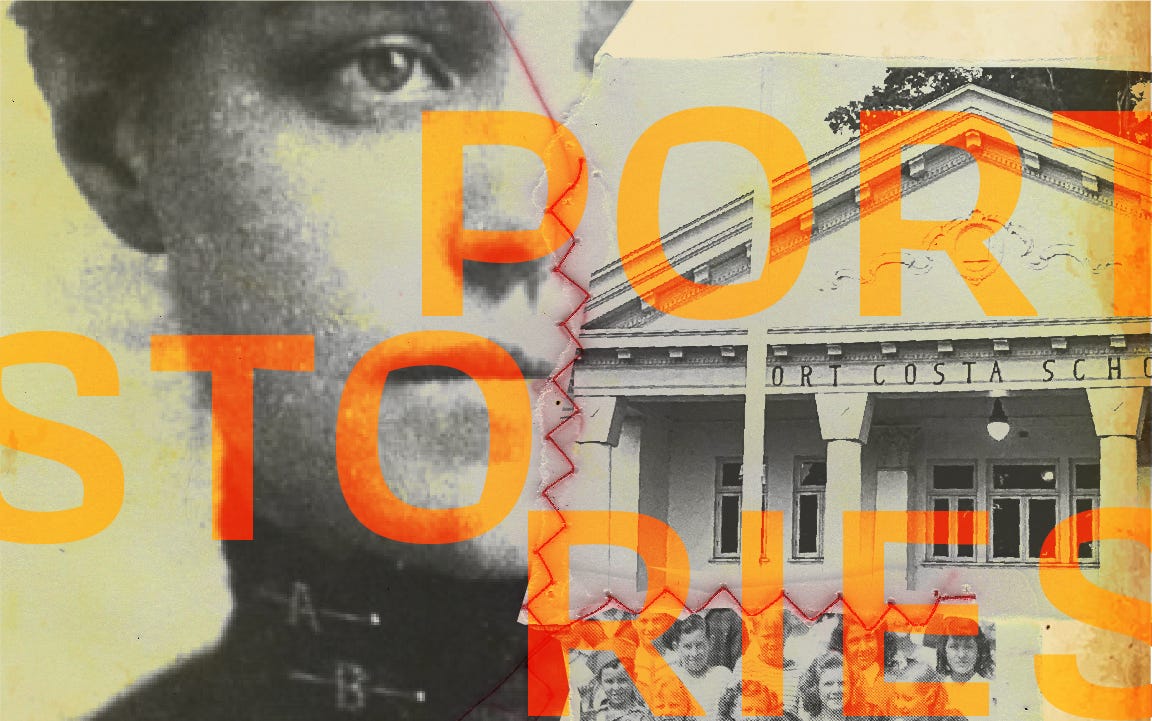
This June, Idiot String is mounting a site-specific immersive production, Port Stories, which aims to tell the story of the the town of Port Costa in the day following an earthquake, exploring the concepts of home, migration, and the way stories are shared.
No Proscenium spoke via email to Idiot String’s co-founder and the director of Port Stories Rebecca Longworth about her approach to producing site-specific and immersive theatre.
No Proscenium (NP): Can you tell us a little about yourself and your background in the immersive arts?

Rebecca Longworth (RL): Professionally, I’m a stage director who has been preoccupied since the mid ’90s with all forms of non-proscenium theatre, which I consider a gateway drug to site-specific, interactive, and immersive work.
Joan Howard and I created Idiot String in 2013 as a collaborative ensemble theater company; and after our first production at the San Francisco Fringe Festival was styled as though its players were part of a travelling troupe, we decided to actually become a travelling troupe. Now Idiot String is dedicated to all forms of collaborative ensemble theater that inspire surprise, delight, and connection between people… which, for us, has always meant performing outdoors, in public space, and incorporating audience interaction based on authentic connection.
The characters from our first production — the Samuel Peaches Peripatetic Players — are the fictional troupe of itinerant thespians that have starred in four of Idiot String’s shows over six years. The Peripatetic Players travel with FluxWagon, their folding mobile stage, that Joan designed and built. FluxWagon looks like a circus wagon that unfolds on-site to reveal the Players’ stage, sets and props. Peripatetic Players shows are performed free of charge in Bay Area parks and public spaces for audiences of all ages. The conceit of each show is that the Players usually have to rally the audience’s help and support to pull off whatever show they’re putting on. They frequently address the audience from stage, but also go out into the audience to chat with, play amongst, and speak directly to audience members. The Players are a lot like the Muppets both in their sense of humor and in that they cast themselves as characters in their shows, which have included an adaptation of Kipling tales, a retelling of Aesop’s fables, a mashup of Romeo and Juliet with Star Wars: A New Hope, and a pirate-themed choose-your-own-adventure play.

In 2017, we staged our first non-Peripatetic-Players show, Elixir of Life. Elixir was an touring show, performed in public parks, in which audience followed actors to various small playing spaces for each scene. The playing spaces were delineated by representative set pieces, and the audience often interacted with the actors in the course of the play. The audience also functioned as fellow residents of the fictional town in which the play was set, and potential marks for the snake-oil seller whose promises set the play in motion. Port Stories builds on research we did for Elixir of Life, with some aesthetic and thematic overlap, but with a wholly different storyline and characters… more on that later!
Additionally, I’ve performed with the site-integrated company We Players in Hamlet on Alcatraz; The Odyssey aboard the scow schooner Alma as she traversed the San Francisco Bay; and The Odyssey on Angel Island. In fact, Joan also performed in that production on Angel Island, which is how we met. With the Hatch collective, I’ve devised and co-created interactive installations and site-specific and interactive performances, including site-specific performance tours at public parks, an apartment building in downtown Oakland, a residential home in San Anselmo, and — as part of the 2016 San Francisco International Arts Festival — the Fort Mason Fire House in San Francisco.
In addition to performing in and creating much of the design for Idiot String’s productions, Joan is also a professional clown who teaches at San Francisco Circus Center’s Clown Conservatory. She also does health care clowning with the Medical Clown Project, and is co-founder of Clown Corps, an organization dedicated to providing practical learning opportunities in social clowning. Joan’s approach to clown is all about connection with an audience in a spirit of wholehearted presence, relentless resilience, and play. Her ideas are indelibly imprinted on our approach to creating interactive theater that is welcoming, accessible, and rooted in joy.
NP: What, in a nutshell, is this project about?
RL: An earthquake happened last night. Did you feel it? Odd things happen after earthquakes. Some say that cracks in time open up, just like the cracks on the earth. Folks can slip through the fissures, especially if they’re on their way to somewhere else. Especially if they’re far from home.
Port Stories is an interactive, site-specific adventure exploring the town of Port Costa, migration in California, the power of stories and the meaning of home.
NP: Why did you create this experience? What inspired you?
RL: Joan Howard and I co-founded Idiot String to create theatre that connects people; so connection, delight, and surprise are both constant inspirations and the threads that run through all our work. With Port Stories, we took Port Costa itself as our immediate inspiration, looking to themes that resonate there. Port Costa is a tiny town that was once a booming shipping port, both a deep-water access point for ships and a rail ferry link across the Carquinez Strait. Entire trains were ferried across the Strait on huge boats for decades. Today there is neither shipping nor a railroad ferry; the train screeches through without stopping, and the docks have been destroyed. What remains is a semi-quiet, magical-seeming, vintage-looking town that seems incongruous with the surrounding bustle of the Bay Area, even as it embodies and encapsulates the history of the region. Port Costa is not only the inspiration but also the setting — both fictional and literal — of our play, and its quirky, retro aesthetic abounds throughout the show.
In particular, we were inspired by cycles of boom and bust; natural disasters like wildfires and earthquakes; shipping and migration; and the myriad ways stories are carried, held, passed along, and erased. As the Bay Area goes bonkers with tech money, displacement, and a shifting identity — against the backdrop possibility of environmental armageddon — these themes feel both historically rooted and relentlessly urgent.
And we have our own emotional motives, too, so we’re creating the art we want to experience. We’re inspired by our experiences of stories and the way they connect us to one another, so we hope to activate participants’ curiosity about the stories embedded in the spaces all around us; to cultivate empathy with the people that have lived those stories; to nurture a sense of responsibility toward stories that have been lost, erased, or disallowed; and to inspire a sense of responsibility toward our collective future-story.

NP: How is the venue incorporated into the experience?
Get Brian Resler’s stories in your inbox
Join Medium for free to get updates from this writer.
SubscribeSubscribe
RL: The first act of Port Stories takes place at the historic (and no longer functioning) Port Costa School, a 1911 building lovingly maintained by our sponsors, the Port Costa Conservation Society (PCCS). The action there mirrors a typical school day, and we meet students and teachers at recess on the playground, and in class at the vintage school room that PCCS has set up inside the school. Other scenes explore different parts of the building — which we’ll leave for a surprise — and then the entire show moves down the street toward downtown Port Costa. From there, different scenes take place in both public (outdoor) and private (indoor) spaces throughout downtown. Of course, you have to keep in mind that “downtown” Port Costa is tiny: made up of a handful of businesses that line half a block of the main street, Canyon Lake Drive. In setting different scenes in different locations, we hope to reveal to every audience member some aspect of Port Costa that they haven’t noticed or experienced before, even if they live in town.
NP: How is the audience incorporated into the work? What kinds of choices can the participants make?
RL: The action of Port Stories — and its audience — branches off and comes back together every once in a while, so that each audience member will experience a couple of intimate scenes that other audience members don’t see. That’s both out of necessity and by design: some of the spaces we knew we wanted to use just can’t hold a large number of audience, and we’ve made it a narrative necessity that audience members share their experiences of these scenes with one another during the course of the show.
Audience members in Port Stories are not left entirely to their own devices to explore. In part, that’s because our playing areas are a blend of public and private spaces, and some scenes are played near private spaces that are not part of the show. So it’s important to us that the audience has clear instructions for where they can and cannot go, out of respect both for the audience themselves and the neighbors in Port Costa.
But within that container, audience members can choose which storylines and actors to follow — up to the physical capacity of a scene. The actors also speak directly to the audience, who can choose to participate more actively in conversation during certain scenes. Without giving away too much, I can say that the audience also have some simple tasks they’ll need to complete in order to keep the narrative moving forward, including talking with one another and sharing information, examining characters’ effects, and even sharing some of their own stories, if they choose.

NP: How are you designing around audience agency, consent, and safety?
RL: I’ve found that one thing that will take an audience member immediately out of the world of the play is the feeling that they don’t know what’s expected of them, or confusion about how the show works. So we set up an expectation that we’ll make clear requests to the audience when we want them to do something or go somewhere; and actors hear consent before proceeding. Early on in the course of the play, we model this pattern, making requests and invitations in a tone that is both clear and welcoming.
As theatre nerds, we are also embracing a formal structure to invoke the world of the play — the theatrical magic of collective imagination. The fictional world has a clear entrance point at the start of the show, allowing us to give audience members some preparatory information and “ground rules” onsite before the show begins. Once we’re off and running, the audience can approach a non-character “host” at any time with questions or concerns.
Perhaps the biggest challenge to audience comfort and safety is moving through the town itself: we are moving through public, outdoor spaces with all the usual things found there: cars, motorcycles, uneven pavement, bugs, nature, etc. (Right now, in rehearsals we’re all dealing with the outdoors by popping allergy meds and slathering on sunscreen.) And again we’re taking cues and inspiration from our site: for example, there are these fabulous vintage school crossing signs in the Port Costa School that we’re using, crossing-guard-style, to help guide the audience as they cross streets toward downtown.

NP: What’s the response been like so far ahead of the opening?
RL: There’s a lot of excitement about this show, particularly amongst those who know and love the “hidden gem” that is Port Costa. Port Costa is a tiny town, tucked away rather serenely around a few bends and surrounded by hills, so even long-time Bay Area residents don’t always know about it. But those that do often fall in love with its retro charm and touches of ramshackle Victorian magic. Everyone we’ve spoken to who has been there wants to go back, and is over-the-moon thrilled that we’re doing a show there.
NP: Who is the ideal audience member for this show?
RL: I think there’s a mix of folks who will most enjoy this show: those who adore Port Costa and will be delighted to experience it in a novel way; theater fans who are looking for a different form of storytelling; folks who enjoy exploring new places and meeting new people; and anyone who is open to learning more about their fellow humans.
My ideal audience party is a family or group of friends who aren’t afraid to split up and have their own experiences, to share and interact with others they’ve just met, and who will talk with each other about the show and their journeys within it long after the play is over.
NP: What do you hope participants take away from the experience?
RL: In addition to a new experience of Port Costa, I hope all participants make a connection to someone that they wouldn’t otherwise have made, and that their experience activates some feelings of joy, curiosity, empathy and/or responsibility towards other members of our human family.

Port Stories runs weekends from June 8 — June 23, 2019 in Port Costa, CA. More information and tickets are available at idiotstring.org.
NoPro is a labor of love made possible by our generous Patreon backers. Join them today!
In addition to the No Proscenium web site, our podcast, and our newsletters, you can find NoPro on Twitter, Facebook, YouTube, Instagram, in the Facebook community Everything Immersive, and on our Slack forum.
Office facilities provided by Thymele Arts, in Los Angeles, CA.


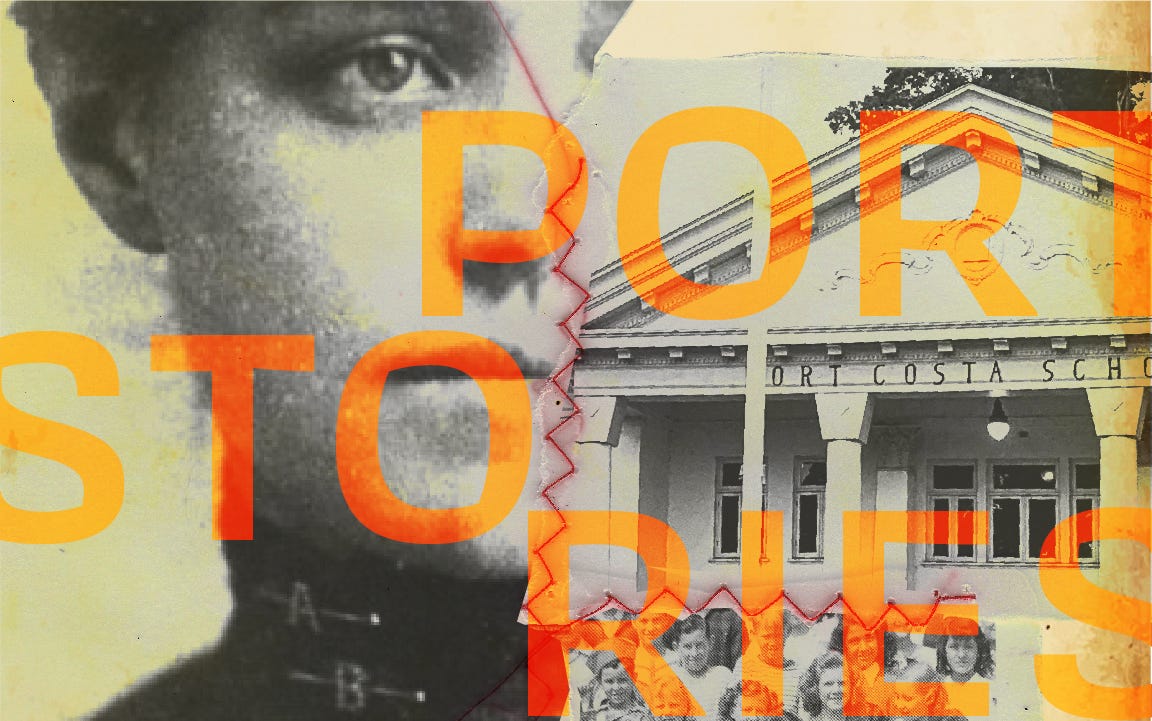


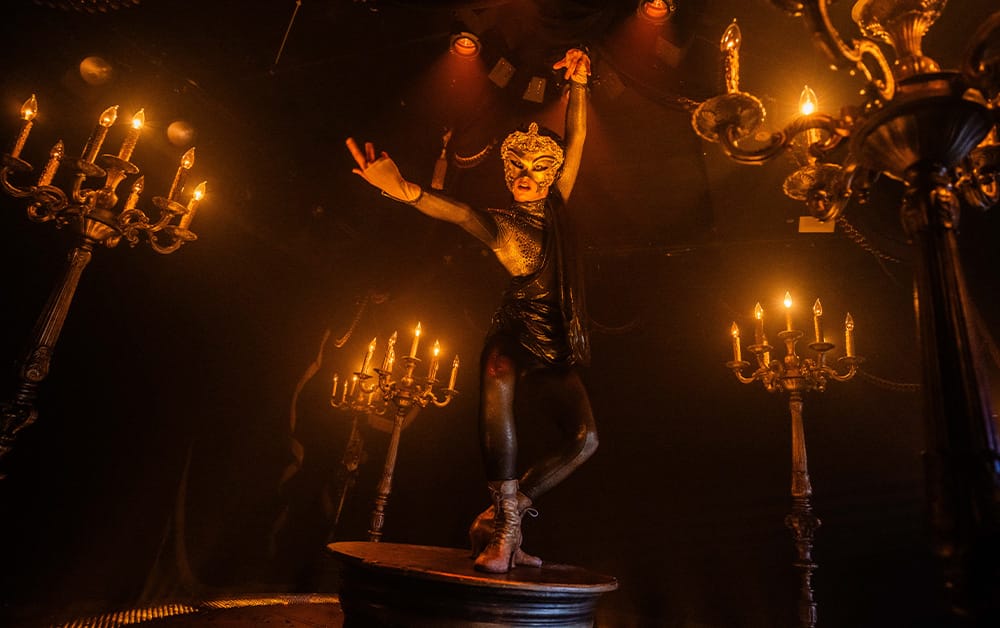




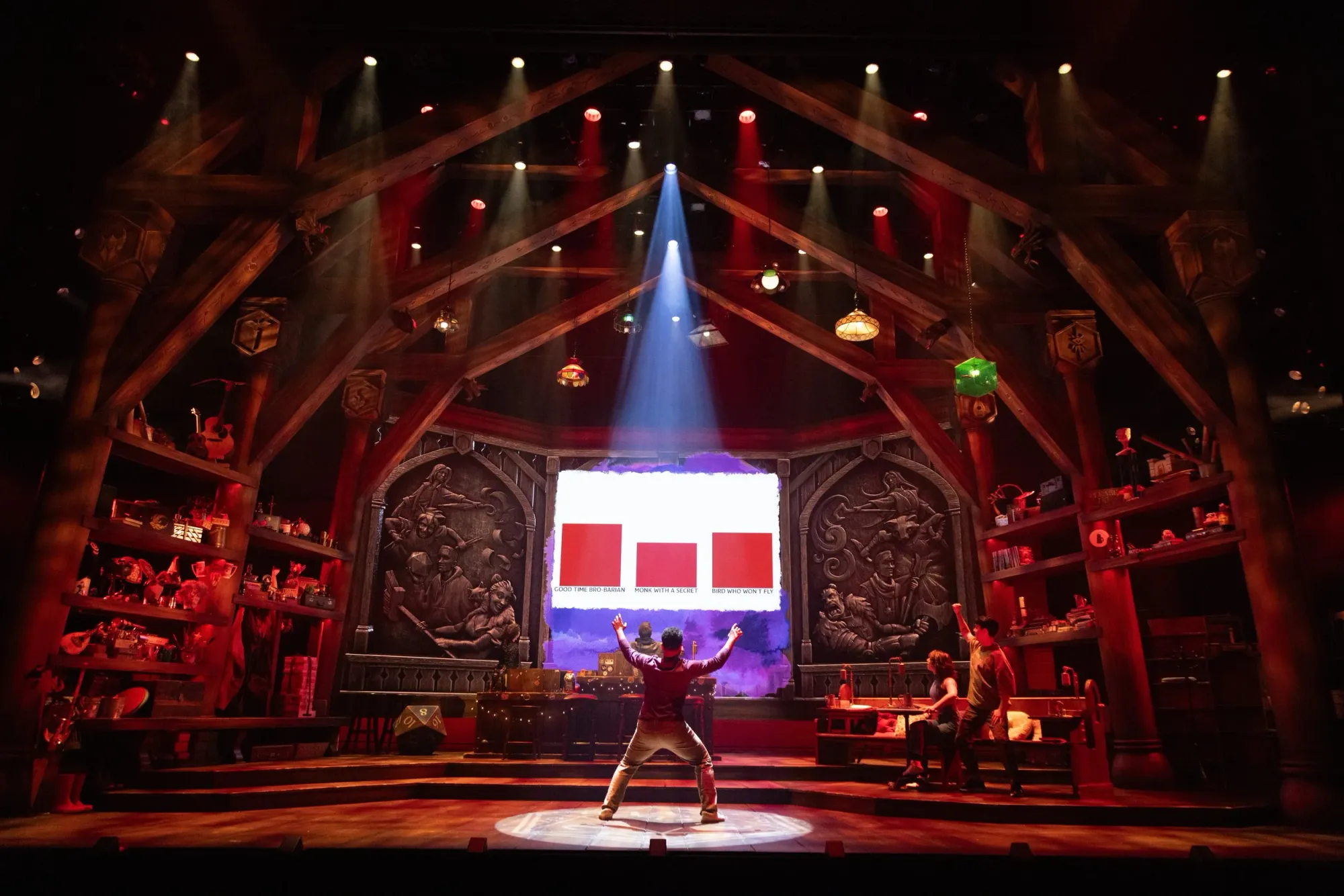
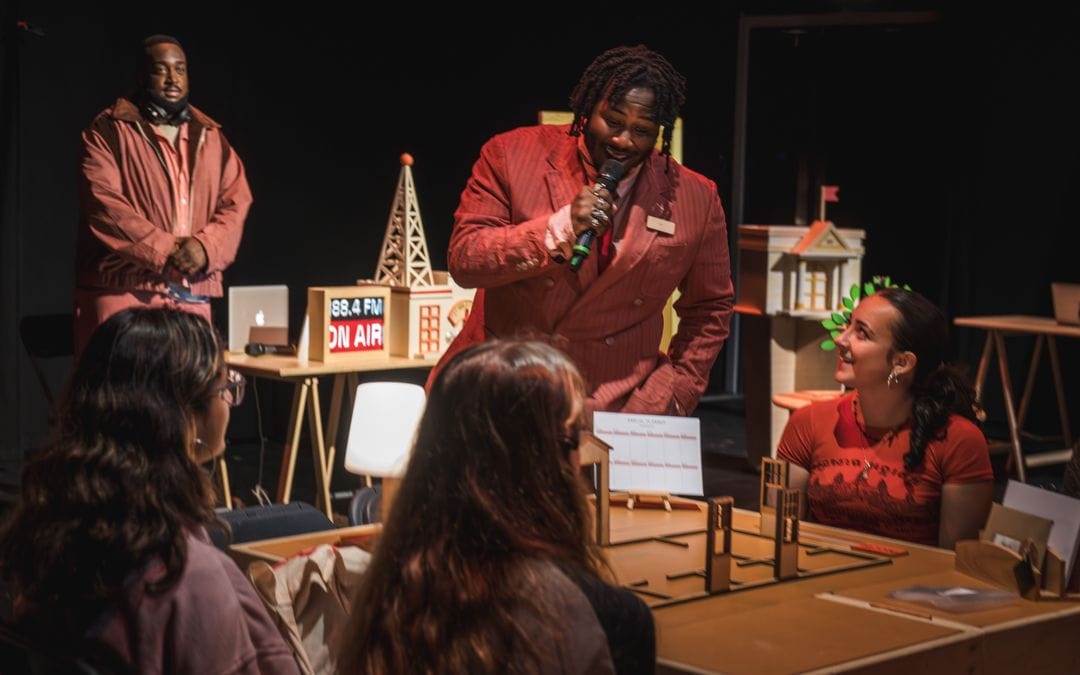







Discussion